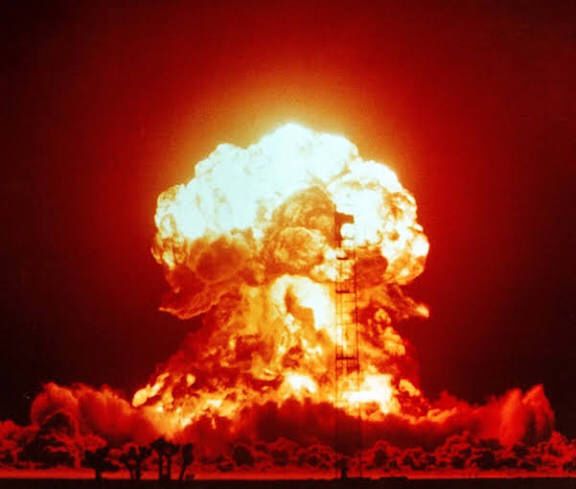Ammonium Nitrate Used in Red Fort Blast — How It Differs from RDX

New Delhi, November 12, 2025 The car explosion near Delhi’s Red Fort that killed nine people has put two explosive chemicals in the spotlight: ammonium nitrate (used as ANFO with fuel oil) and RDX. Both can cause terrible damage, but they are very different in how they work, how powerful they are, and how they are handled. What was used in the Red Fort blast? Investigators say the bomb used in the Hyundai i20 was an ANFO-type device — that is, ammonium nitrate mixed with fuel oil and triggered by a detonator. Early police action in Faridabad recovered large quantities of ammonium nitrate and other explosive materials connected to the case. ANFO devices rely on volume to produce damage: a big pile of ANFO can make a very large blast. What is ammonium nitrate? Ammonium nitrate is a white, odourless crystalline chemical commonly used as a fertiliser. By itself it is not a high explosive — it is an oxidiser, meaning it helps fuel burn rapidly when combined with a fuel. Mixed with fuel oil and detonated properly, it becomes a powerful bulk explosive. Its destructive force comes from the large amount that can be packed into a device; it produces long‑lasting fires and high temperatures. Because of this, ANFO has been used in past large-scale attacks, most notably the 1995 Oklahoma City bombing. What is RDX? RDX is a completely different kind of explosive. It is a high-brisance, military‑grade explosive used in munitions and in plastic explosives like C‑4 and Semtex. RDX detonates at much higher speed and produces a sharper, more shattering blast that can fragment metal and concrete. It has a higher “relative effectiveness” compared with conventional explosives, which means less RDX is needed to cause the same level of damage as common explosives. Key practical differences • Power per kilogram: RDX is stronger per kilogram than ANFO. A small amount of RDX can cause concentrated, high‑speed shock waves. ANFO is weaker per kilo, but attackers can use hundreds of kilograms to achieve large overall destructive power. • Nature of damage: RDX gives a supersonic, shattering effect (high brisance). ANFO produces a slower but large‑scale blast and sustained fires. • Availability and controls: Ammonium nitrate is widely produced for farming and can be diverted or stolen if controls fail. RDX is industrial/military and harder to obtain legally; its manufacture and trade are tightly controlled. In many countries both substances are regulated, and possession without proper licences is illegal. • Use and preparation: RDX can be used on its own in shaped charges or demolition. ANFO must be mixed with a fuel and needs a strong initiating blast to detonate reliably. Understanding these differences helps investigators and the public make sense of the scale and method of an attack. The Red Fort case shows how sheer volume of material — rather than a compact military explosive — can still cause mass casualties when combined with intent and access. Authorities now face the urgent task of tracing how such large quantities of ammonium nitrate and other materials were obtained and moved, and of tightening controls to prevent future misuse. Ammonium Nitrate Used in Red Fort Blast — How It Differs from RDX The deadly Red Fort car blast used an ANFO device — ammonium nitrate mixed with fuel oil — not a compact military explosive like RDX. That matters because these chemicals behave very differently. Ammonium nitrate is a common fertiliser and an oxidiser; by itself it is not a high explosive, but when mixed with fuel and triggered by a detonator it can produce a large blast. Its strength comes from sheer volume: hundreds of kilos can cause massive damage and fires. RDX, on the other hand, is a military‑grade high explosive with much greater power per kilogram. It detonates faster and produces sharp, shattering shock waves that fragment metal and concrete. Because RDX is harder to make and trade, it is more tightly controlled than ammonium nitrate. In short: RDX is stronger in small amounts and more destructive per kilo; ANFO is lower yield per kilo but can be just as deadly if used in large quantity. Investigators now focus on how such large amounts of ammonium nitrate were obtained and moved. For the public, the takeaways are simple — these materials are dangerous, controls matter, and tracing supply chains is vital to prevent future attacks.




